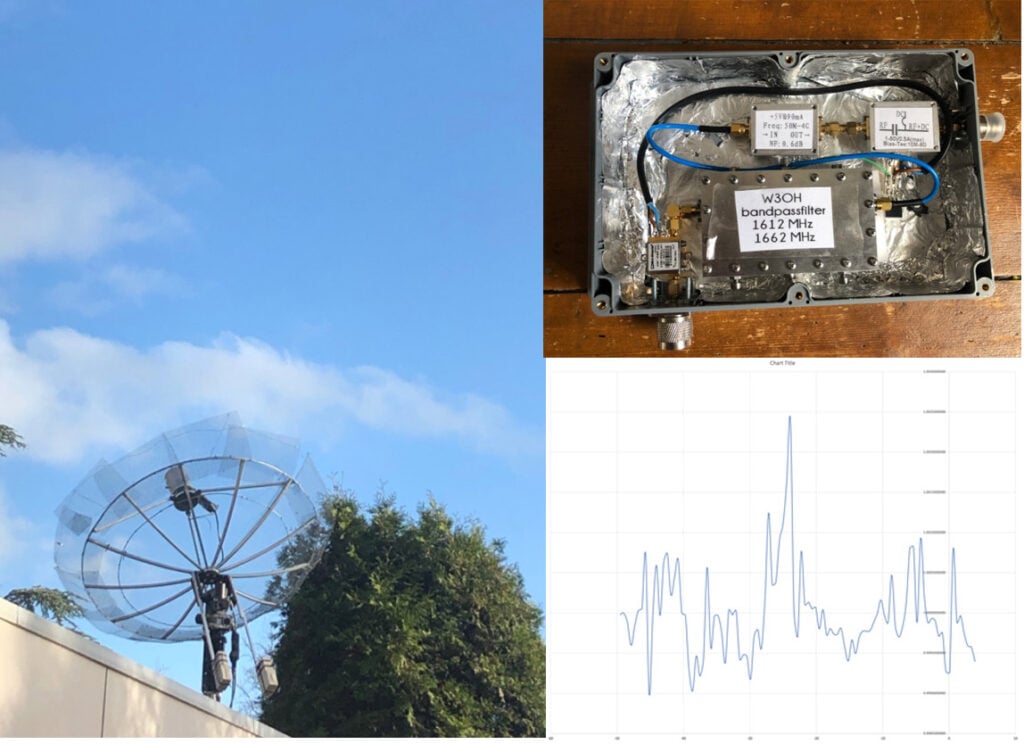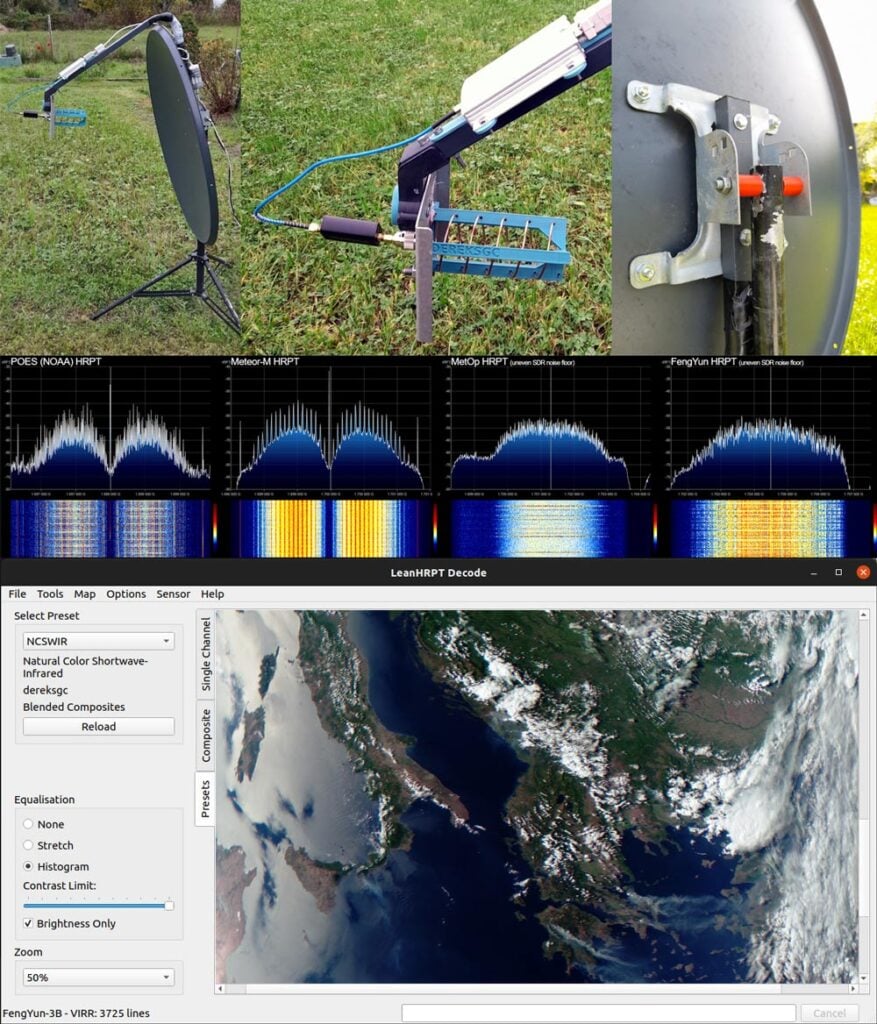A Review of the Soon to be Released Malahit-DDC Portable SDR
The Malahit DDC is the latest in portable SDR packages coming out of the Russian designer and manufacturer known as 'Malahiteam'. In the past they released the hugely successfull Malhit-DSP. We want to thank Manuel Lausmann for sending us a video and review that comprehensively looks at one of the first Malahit DDC devices that have been received. Manuel writes:
Differences between Malahit DSP and Malahit DDC
The comparison results for the main characteristics are summarized in the table. The worst result of the comparison is marked in red, the best or neutral result is blue.
The comparison took into account the results from the DDC versions with two ADC versions - AD9649 and MDRA1A16FI.
1) the sensitivity is about the same, there is no difference.
2) The dynamic range blocking is a big difference in favor of DDC. It is caused by the properties of the radio reception path and not by the difference in the classes of radio receivers. This has the practical advantage that a radio receiver with large antennas can be used under difficult conditions, for example when it is necessary to receive a weak signal in the presence of a strong interfering one.
3) The dynamic range of third order intermodulation is a big difference in favor of DDC. It is caused by the properties of the radio reception path and not by the difference in the classes of radio receivers. The practical advantage of this is the lack of parasitic or false reception channels.
4) The frequency range is different. This is the difference to specific design solutions. And the DDC has to catch up with the DSP version due to the additional board developed with converters. The additional board is already under development.
5) The type of antenna input - everything is the same here, the receivers can receive signals with both the telescope and external antennas.
6) Band values / frequency values. The DDC version is the undisputed leader here. In addition, these figures have actually already been confirmed.
7) Side channels of reception. As mentioned above, these are better in DDC. The difference lies in the classes of radio receivers.
8) The capacity of the ADC. I will go into this characteristic in a little more detail. Very often the ADC bitrate is used as a marketing ploy that is misleading the user. It is logical that the more the better. But as we see, even with a 14-bit DDC, a better dynamic than 16-bit DSP. And that's why not only the ADC capacity is important for classic or analog SDRs, but also the properties of the ADC radio path. If you use 24- or 32-bit ADCs in the Malachite DSP series, the radio receivers do not get any better - MSI001 does not allow this, in which case it limits the connection. So, you need to carefully analyze the build of radio receivers and not trust misleading promotions - many bits are certainly good, but you shouldn't forget the location of the ADC either. The main properties of radio receivers are determined in particular by the first input stages.
9) Overall dimensions. Everything is the same here.
10) audio output. And everything is the same here.
11) PC connection. And this is where the big difference in favor of DDC lies. A faster type of USB interface is used, the quadrature width is increased to almost 2 MHz, and the QUISK program also has the option of viewing the spectrum up to 38 MHz against the background of radio reception.
12) Power consumption. The power consumption is not the strength of the DDC - the digital technology eats up a lot of energy. In comparison, there is one more characteristic - the prices. With the DDC, the price is significantly higher due to the more expensive components
From February you can also expect an optional additional board where reception on 6ghz is possible with additional filters. A 16 bit ADC will also be built into the Malahit DDC from February.
The video review below is in German, however you can use the YouTube autogenerated English captions below, or wait a little as Manuel indicates that English subtitles will be added soon.




